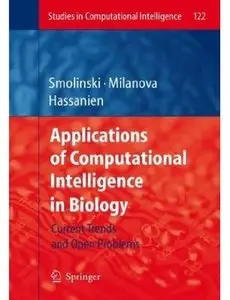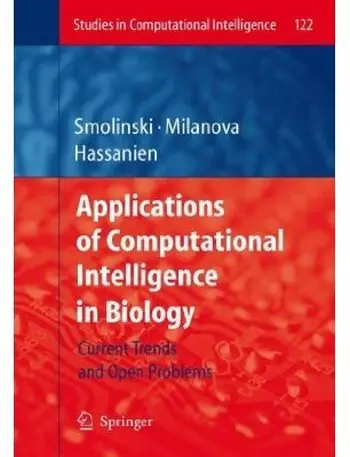Tomasz G. Smolinski, Mariofanna G. Milanova, Aboul-Ella Hassanien - Applications of Computational Intelligence in Biology: Current Trends and Open Problems
Published: 2008-05-29 | ISBN: 3540785337, 3642097308 | PDF | 428 pages | 5.62 MB
Computational Intelligence (CI) has been a tremendously active area of - search for the past decade or so. There are many successful applications of CI in many sub elds of biology, including bioinformatics, computational - nomics, protein structure prediction, or neuronal systems modeling and an- ysis. However, there still are many open problems in biology that are in d- perate need of advanced and e cient computational methodologies to deal with tremendous amounts of data that those problems are plagued by. - fortunately, biology researchers are very often unaware of the abundance of computational techniques that they could put to use to help them analyze and understand the data underlying their research inquiries. On the other hand, computational intelligence practitioners are often unfamiliar with the part- ular problems that their new, state-of-the-art algorithms could be successfully applied for. The separation between the two worlds is partially caused by the use of di erent languages in these two spheres of science, but also by the relatively small number of publications devoted solely to the purpose of fac- itating the exchange of new computational algorithms and methodologies on one hand, and the needs of the biology realm on the other. The purpose of this book is to provide a medium for such an exchange of expertise and concerns. In order to achieve the goal, we have solicited cont- butions from both computational intelligence as well as biology researchers.



